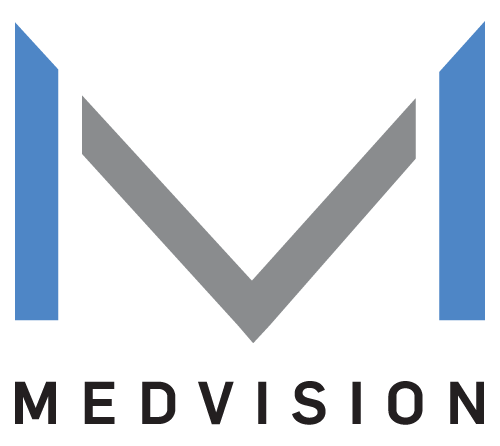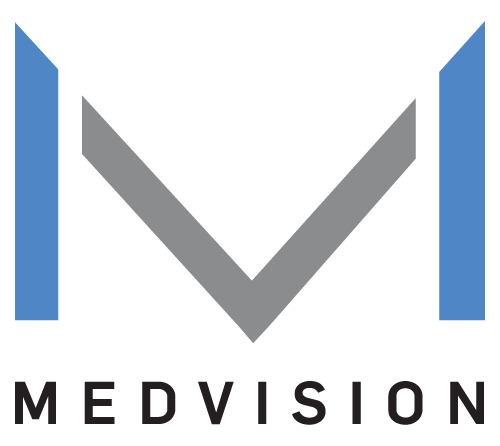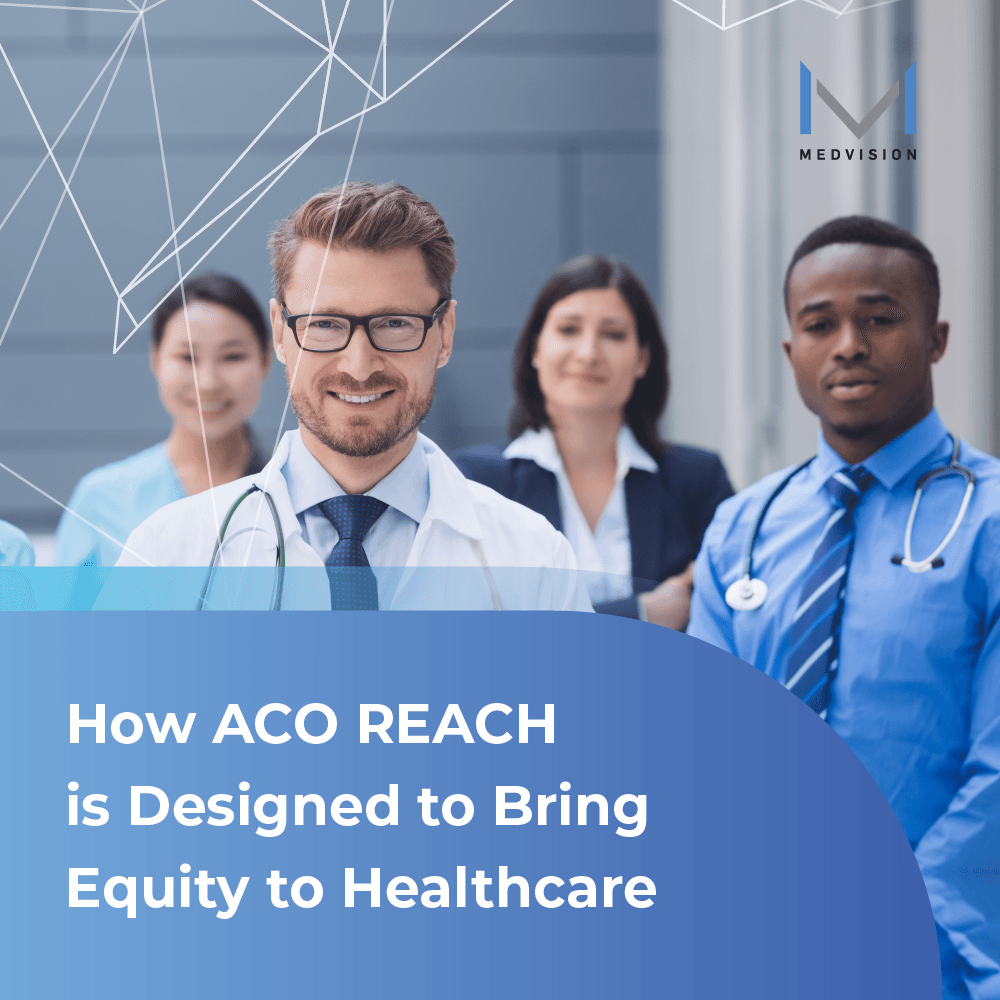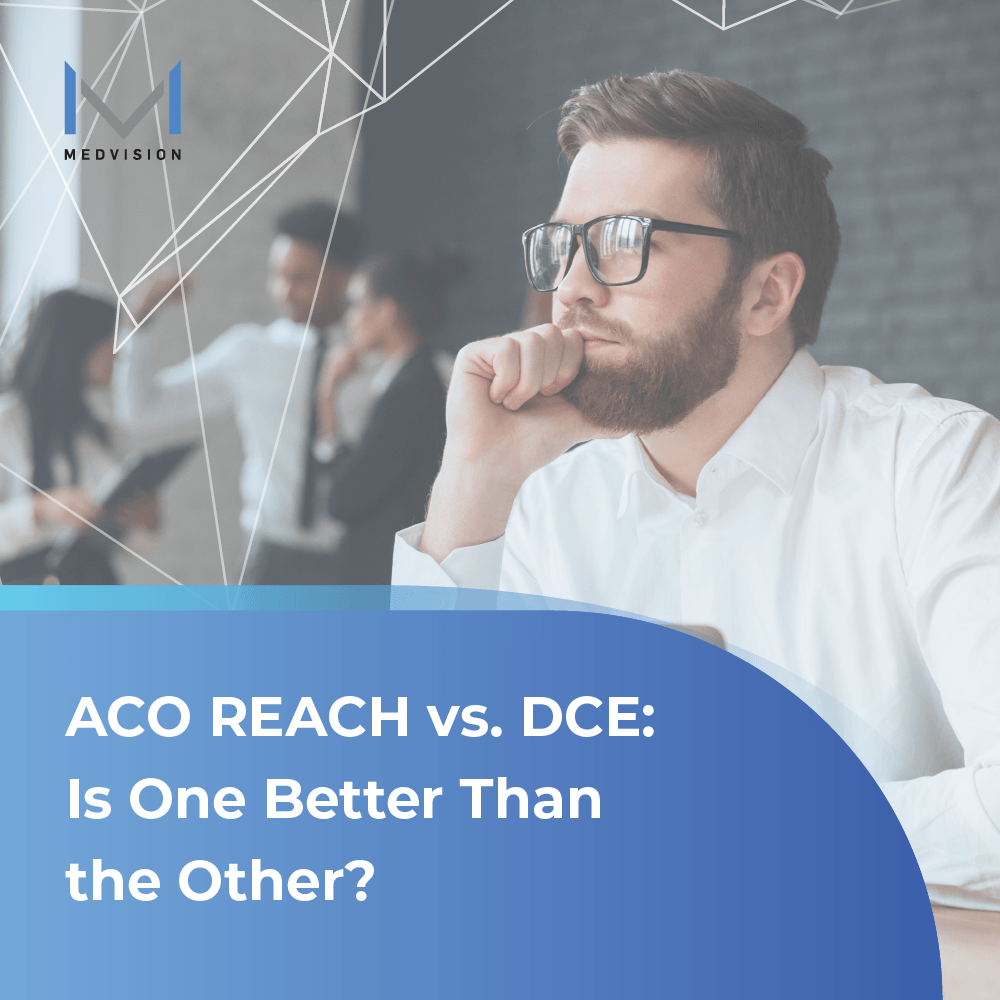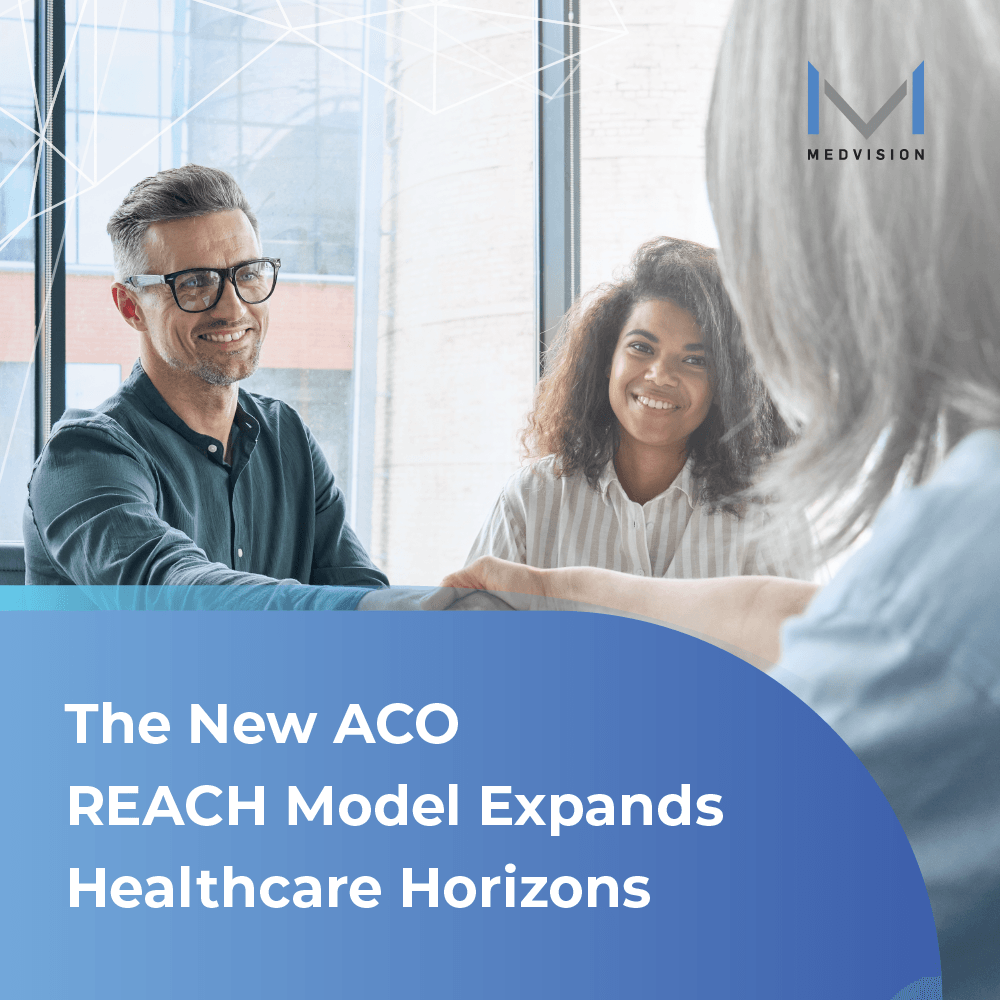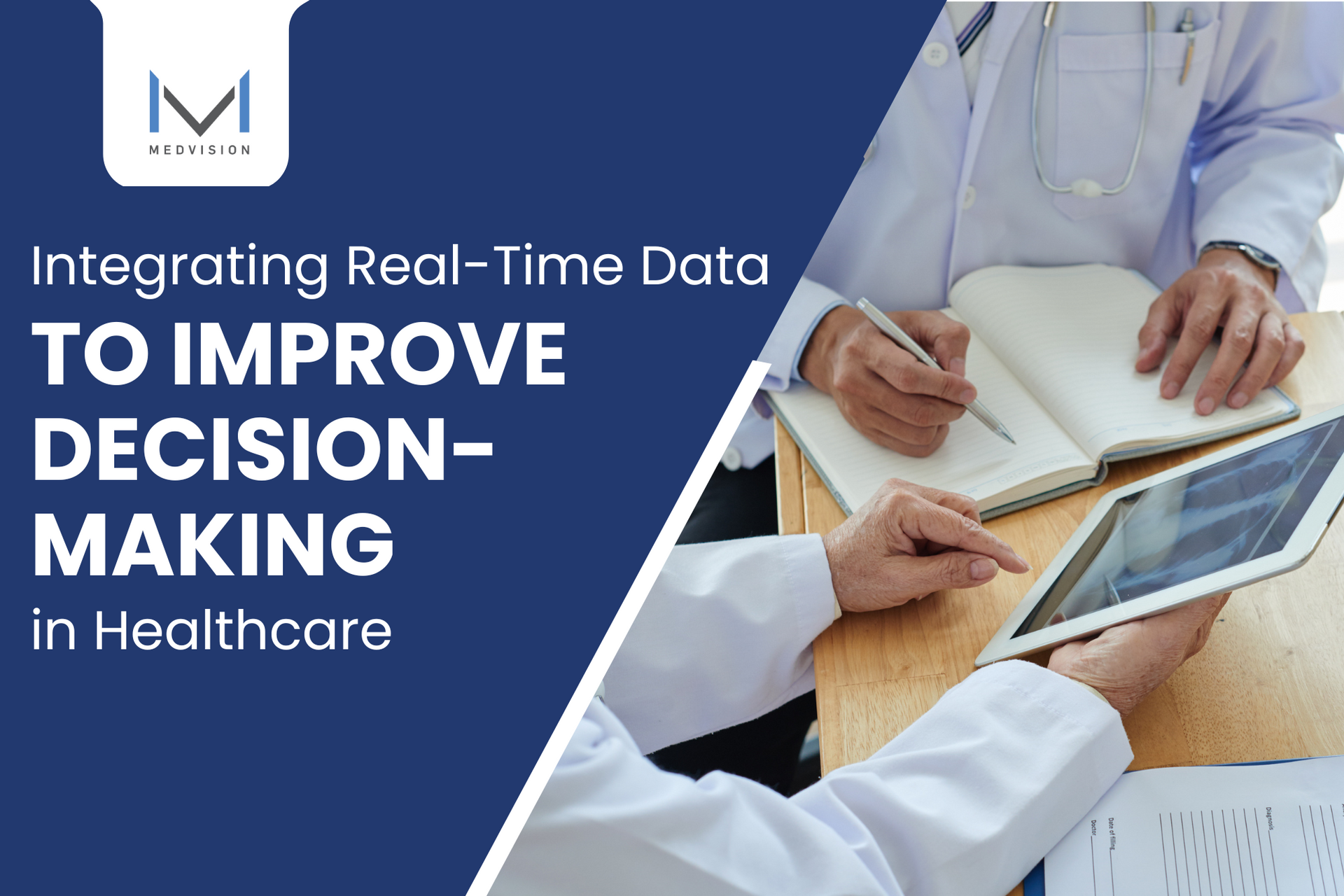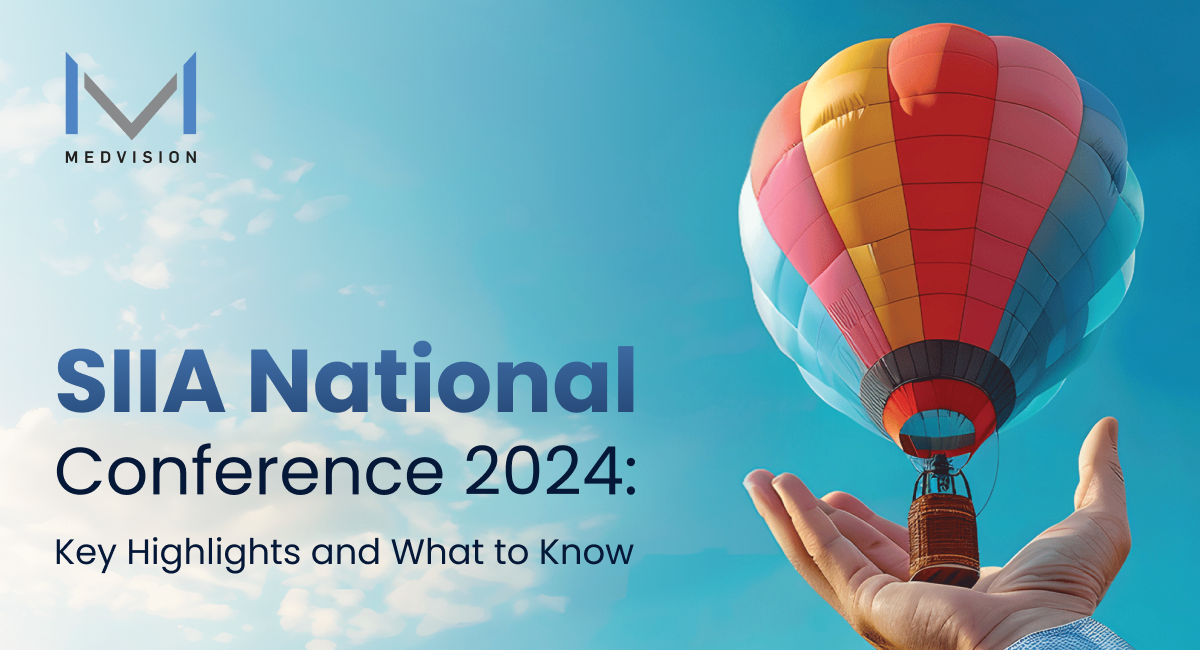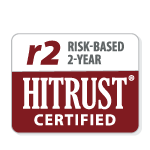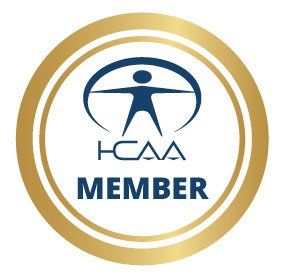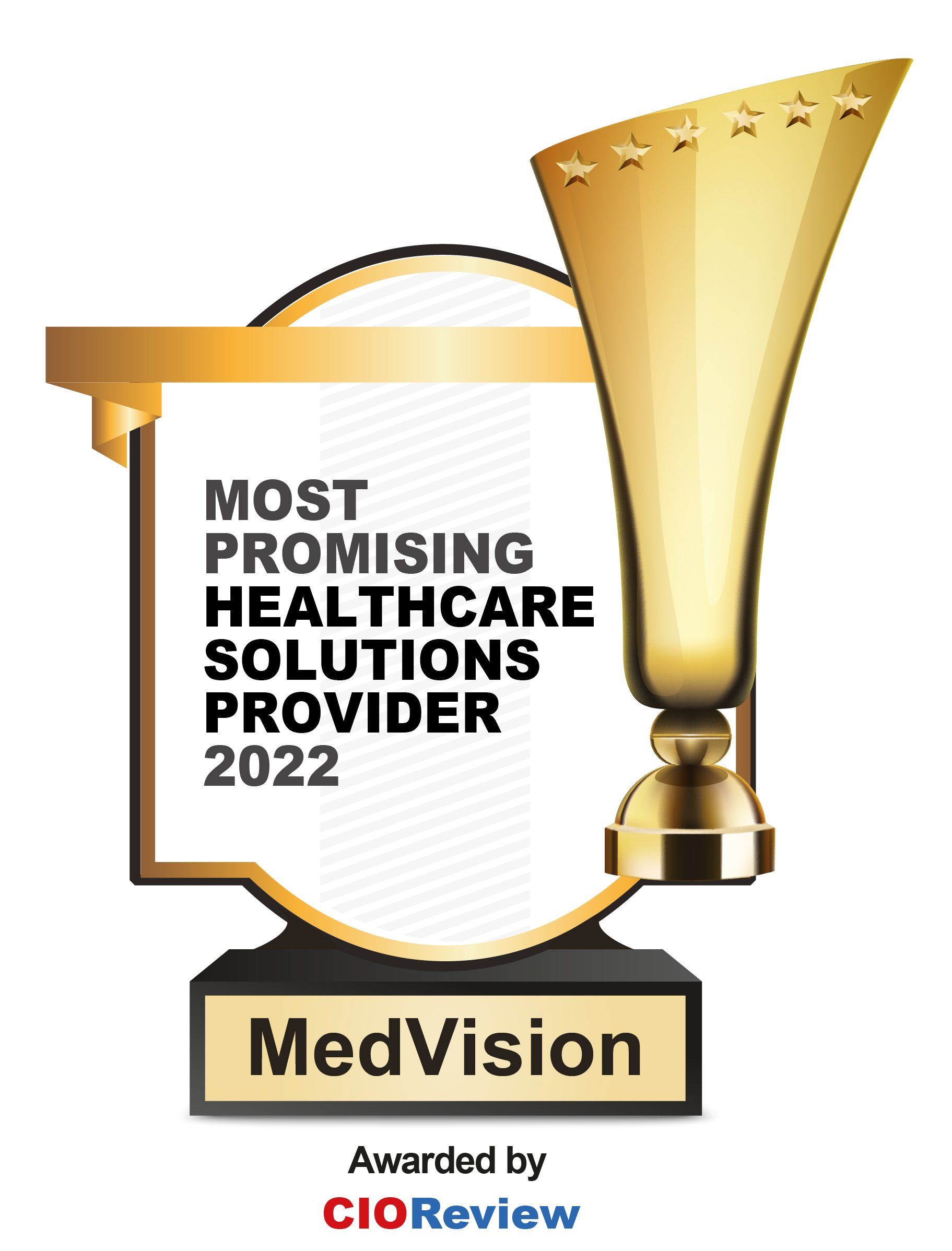Top Reasons Why ACO REACH Is Better Compared to GPDC
Significant developments have been made to address the more demanding changes in the healthcare programs of the country. With that, the Global and Professional Direct Contracting (GPDC) model will soon be replaced. It will be redesigned into a newer and more comprehensive healthcare model. Its end goal is to meet the demands in the healthcare system, and further expand its reach to the masses. However, even before it can take effect, it has already been snubbed by many industry leaders and organizations. By comparing some essential policies, many will understand and appreciate why ACO REACH is better than its predecessor.
Why ACO REACH’s Policies Create a Buzz Among Organizations
Way before it was even implemented, various organizations have dismissed ACO REACH due to its advanced key policies. Not only that, many lawmakers want to adjust, or at the very least cancel it. They collectively believe that the new ACO REACH model would completely transform traditional Medicare. In fact, it would possibly allow third-party middlemen to effectively manage seniors’ care without seniors’ full understanding or consent. This development can be deemed as privatization by another name. Consequently, it can represent a serious threat to traditional Medicare and seniors’ access to care.
Significant Advantages of the ACO REACH Model
GPDC’s goals focus more on improving beneficiary access to providers who are personally engaged in the healthcare delivery. One of the viable reasons why ACO REACH is better compared to GPDC is that it seeks to expand healthcare horizons with its promising policies. It also aims to further improve the promotion of health equity and addresses historical healthcare disparities for underserved communities. It is a great development towards equal protection and a reach for better healthcare services in the country. Ultimately, ACO REACH promotes the continued momentum of provider-led organizations participating in risk-based models.
As for GPDC, however, it only allows organizations to participate if they have prior ACO experience and focus on complex beneficiary populations. But, the most important distinction between the two models is that the GPDC has no concrete or explicit policy that promotes health equity. This is precisely the reason why ACO REACH model is ahead of the game. It elaborately requires all REACH ACOs to develop a health equity plan. It must include identification of health disparities and specific actions intended to mitigate the identified health disparities.
Equal Access to Healthcare Is Why ACO REACH Exists
Many failed to realize the single best reason why ACO REACH should be fully implemented. For one, it actually helps members get the right
care at the right time. All of this, while also
avoiding unnecessary utilization of duplicated services and medical errors.
The policymakers and experts believe that allowing financial incentives to be tied to care quality, patient outcomes, and care coordination through the ACOs is an effective solution to further fix the inefficient fee-for-service system today.

Why ACO REACH Is a Better Model for the Healthcare Industry
ACO REACH will fully enable The Centers for Medicare & Medicaid Services (CMS) to test a more efficient and viable ACO model that can conveniently inform the Medicare Shared Savings Program (MSSP) and future models and formally introduce important changes to the current GPDC model in three essential areas:
1. Championing Equitable Healthcare Benefits for the Less Fortunates
It highlights the importance of delivering the benefits of accountable care to Medicare beneficiaries from minority populations. It will test a newer and better payment approach to best support coordination and care delivery for patients in underserved communities. It will also require that all model participants must be able develop and implement a robust health equity plan to identify the patient population and implement initiatives to measurably reduce health disparities.
2. Promoting Provider Leadership and Governance
The ACO REACH model will include certain policies to make sure that doctors and other health care providers shall continue to play an important role in accountable care. At least 75 percent control of every ACO's governing body must be generally held by participating providers or their designated representatives. This is compared to only 25 percent during the first two performance years of the GPDC model. It also goes beyond prior ACO initiatives by making it a requirement that at least two beneficiary advocates on the governing board (at least one consumer advocate and at least one Medicare beneficiary), both of whom must hold voting rights.
3. Enhanced Accountability and Transparency for the Protection and Interest of the Beneficiaries and the Model
CMS shall ask for any additional and vital information on applicants’ leadership, ownership, and governing board to get the best visibility into ownership interests and affiliations to make sure that the participants’ interests align with CMS’s vision. It will also apply an increased up-front screening of applicants, robust monitoring of participants, and better transparency into the model’s progress when it is fully implemented, even before the final evaluation results, and will share more information on the participants and their work to improve care. Lastly, CMS will also look into other stronger protections against inappropriate coding and risk score growth.
Optimizing ACO REACH With a Seamless Technological Tool
With the continued developments and upgrades being introduced in the healthcare industry, it is best to have everything organized. Together with this innovation comes the advent of technological tools to seamlessly integrate anything you need in one click. Luckily, MedVision is one with the entire healthcare industry in providing quality service in all aspects. Being considered as the top provider of healthcare solutions, choosing QuickCap v7 (QC7) as your ultimate platform can help you in more ways than one. Not only can you easily track all your important records, procedures, health plans, and programs, but you can also freely
- manage referrals, cases, contracts;
- process authorizations and payments;
- upload, assign, and complete claims life cycle; and
- many more.
Enhance your organization’s productivity and efficiency with the help of the most secured and reliable value-based administrative healthcare solution today.
Digitize your healthcare experience!
References:
- ACO REACH | CMS Innovation Center. “ACO REACH | CMS Innovation Center.” innovation.cms.gov, March 7, 2022. https://innovation.cms.gov/innovation-models/aco-reach.
Explore Related Blogs
Recently published articles
Keep in touch
Subscribe to get the latest update
Trending topics
Share your insights on social media
Upcoming events and company news
